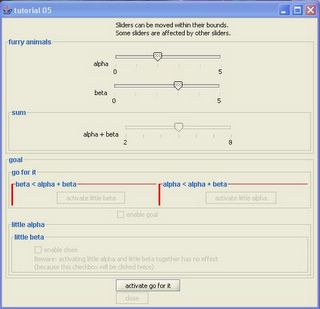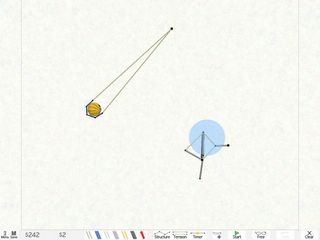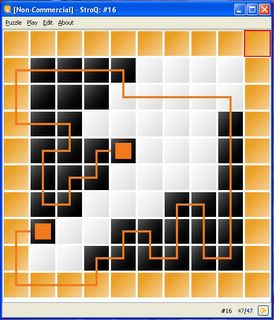Four Quickies
This week, I am going to mention four fun little games. Each is a good way to pass a few minutes, but none deserves a full review. All four a free.
Anry Domino Patience

Domino Patience is a standard puzzle. You have to pair up neighboring tiles so that each of the 21 possible dominoes occurs exactly once. Note that the orientation of the pips does not matter, see the 6-6 in the upper right-hand corner of the screen shot for example. Once you get a couple filled in the rest follow pretty quickly, assuming you do not make a mistake. The interface in Domino Patience is good.
Buchstabensalat

Another computer version of a standard puzzle. You have to place the letters A, B, C, etc on the board so that each row and column contains exactly one of each. Around the rim, you are told the first letter in that row or column (spaces do not count). At first it might seem impossible, but there is only one solution to each puzzle. With experience, there are some interesting inferences which you can make. Playing on a 5x5 board with 3 letters usually gives a good five minute puzzle.
Flag

The goal is to locate the flag in the fewest clicks possible. Clicking on non-flag squares usually reveals some information about the location of the flag. An arrow tells indicates the direction of the flag. Numbers tell how far away the flag is (distance = round to nearest integer (sqrt(x*x + y*y))). Bombs hide all the info already displayed. A good memory helps with this one. As you advance, the blank tiles which give you no information increase as so the bombs.
Gooey

This is one of the oddest little games I have ever seen. Each level is a maze using various Java GUI elements. Your goal is to eventually click on the "close" button and make the window disappear. Clicking on buttons, checking boxes, and moving slides causes other elements to activate. It requires Java. Imagine the nasty popup ads this guy could foist upon us!




